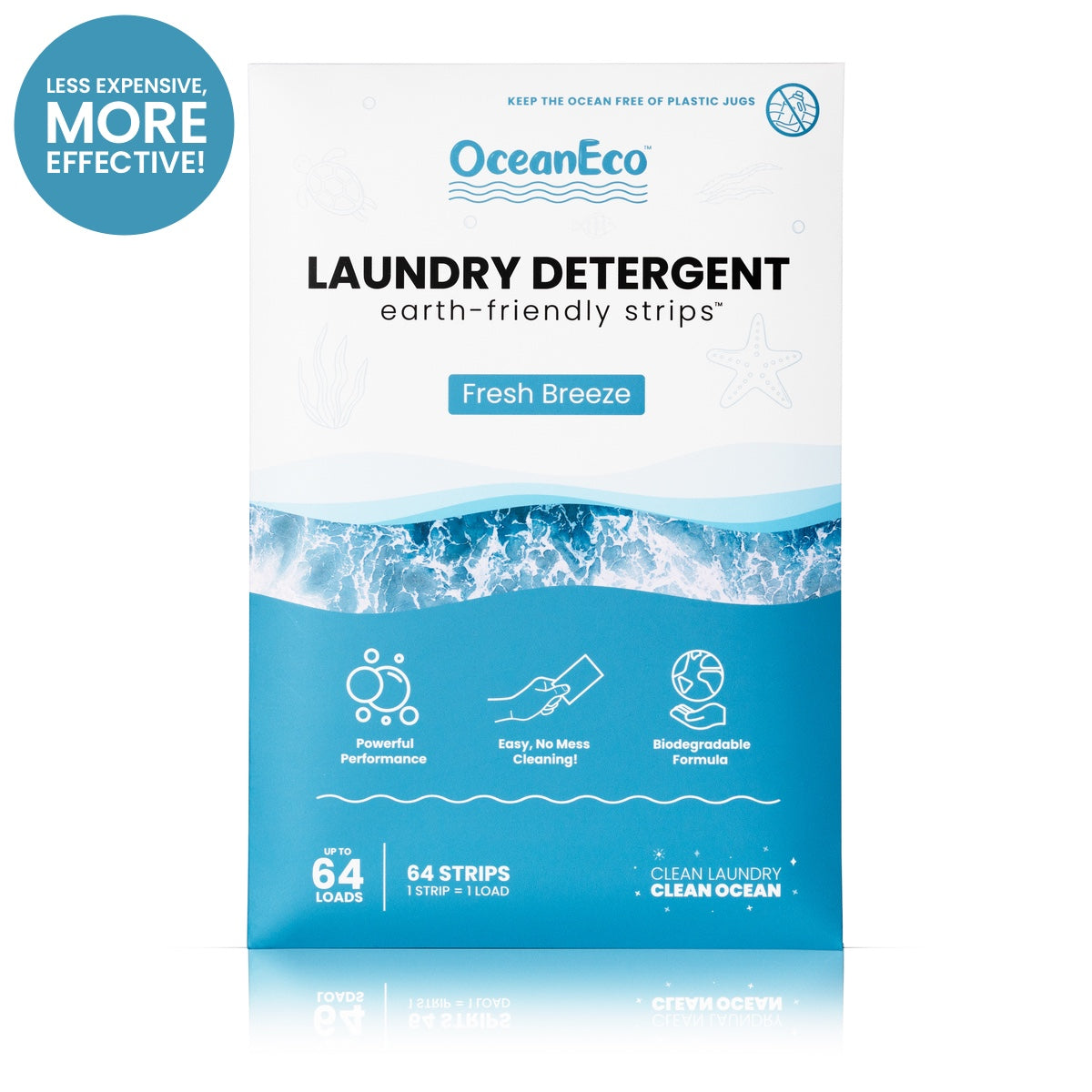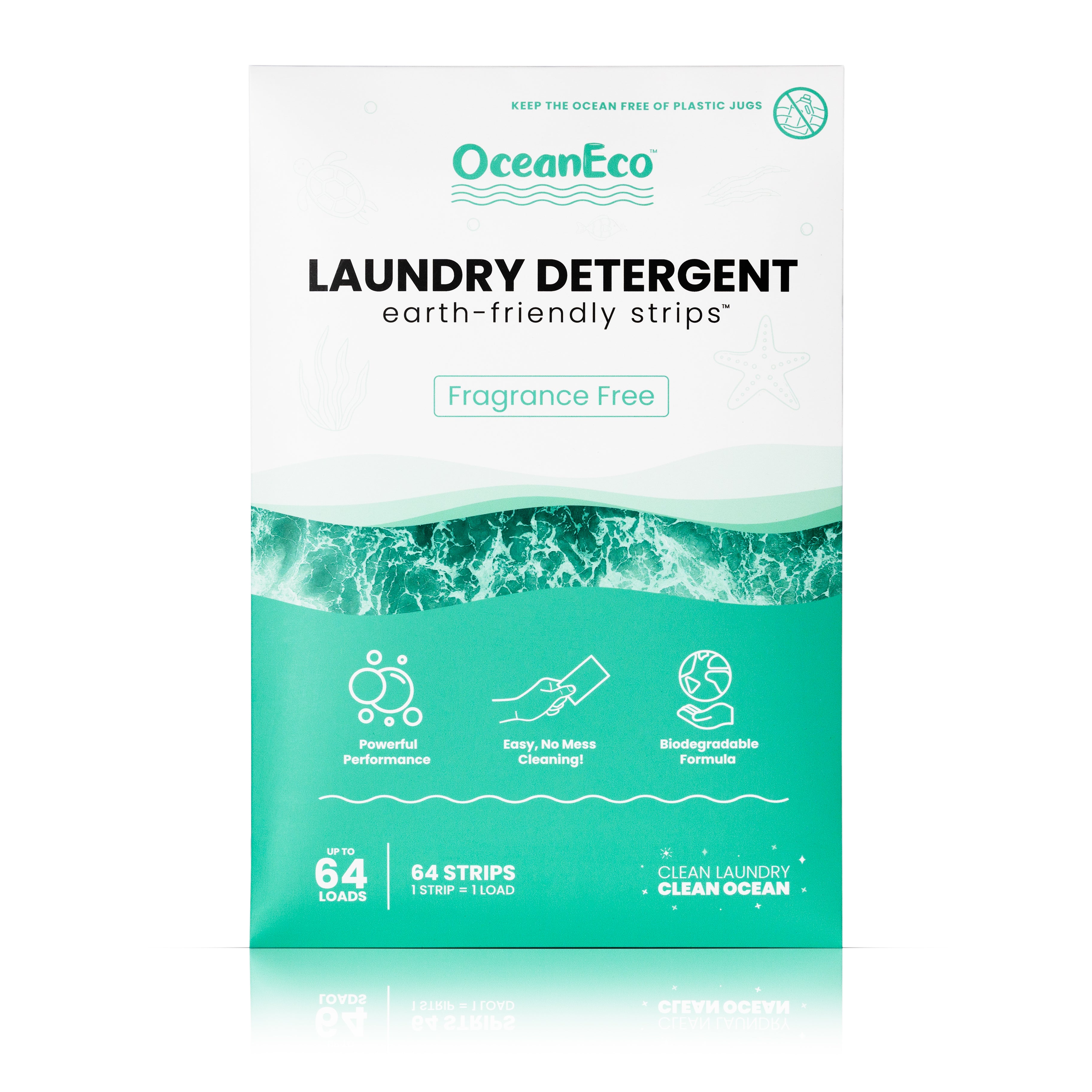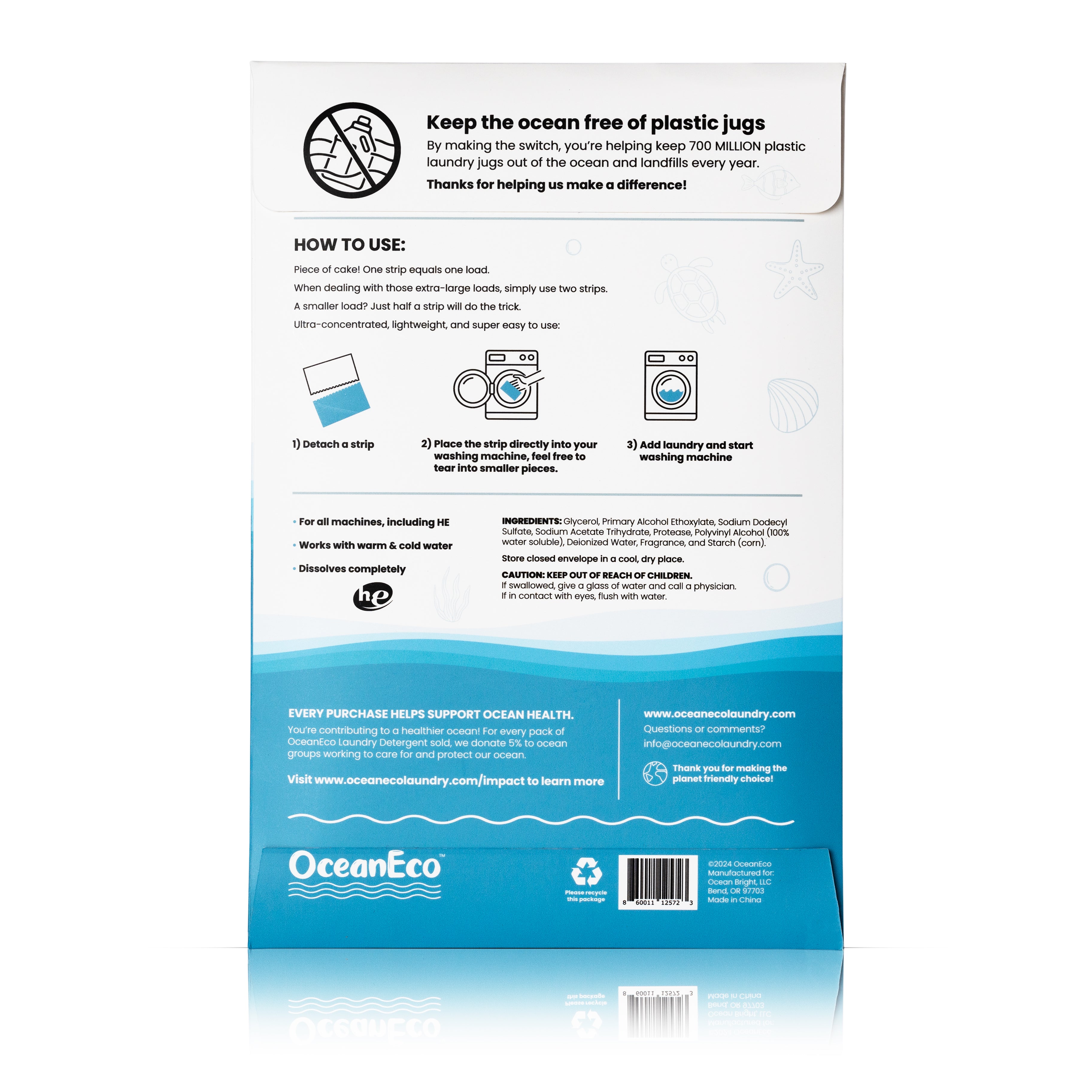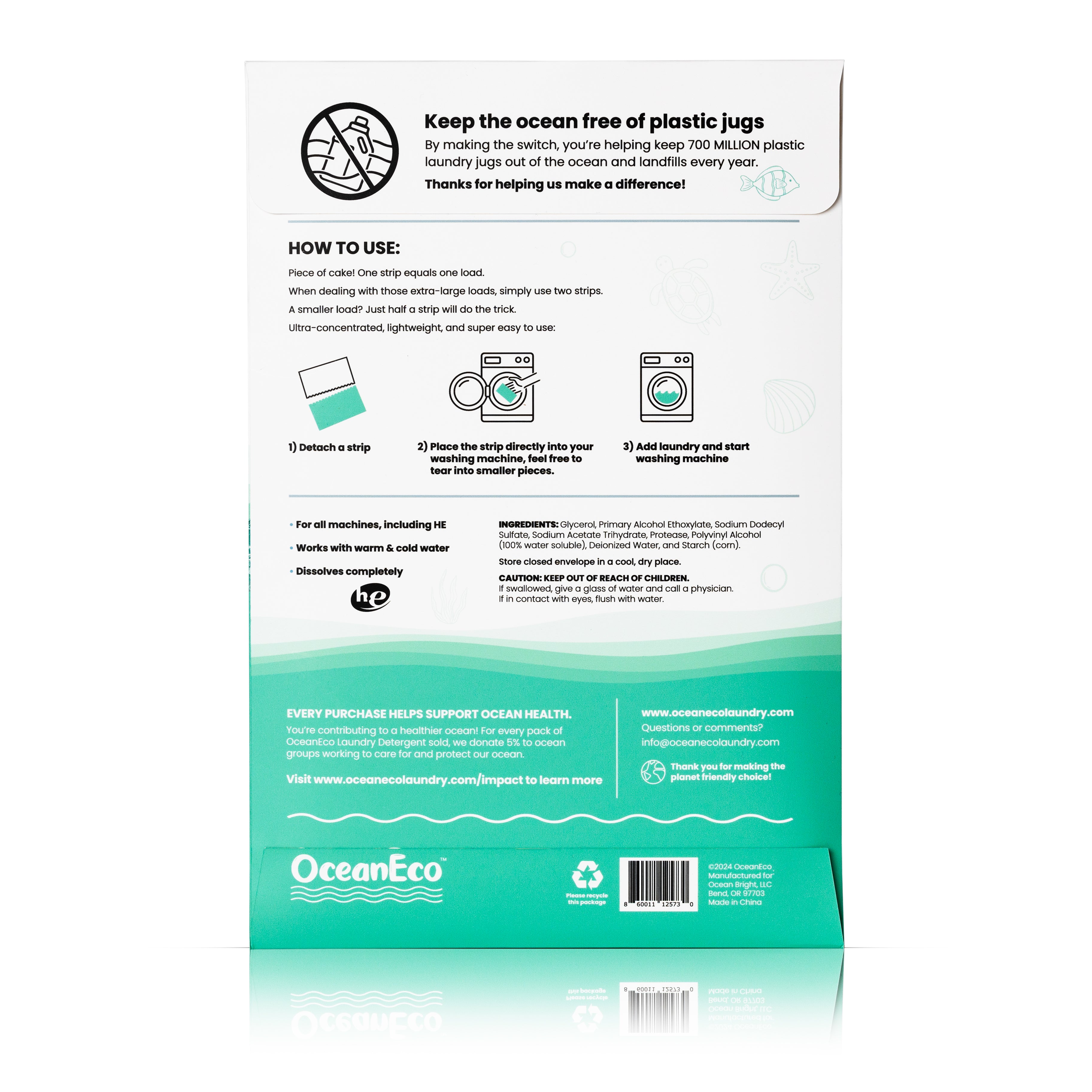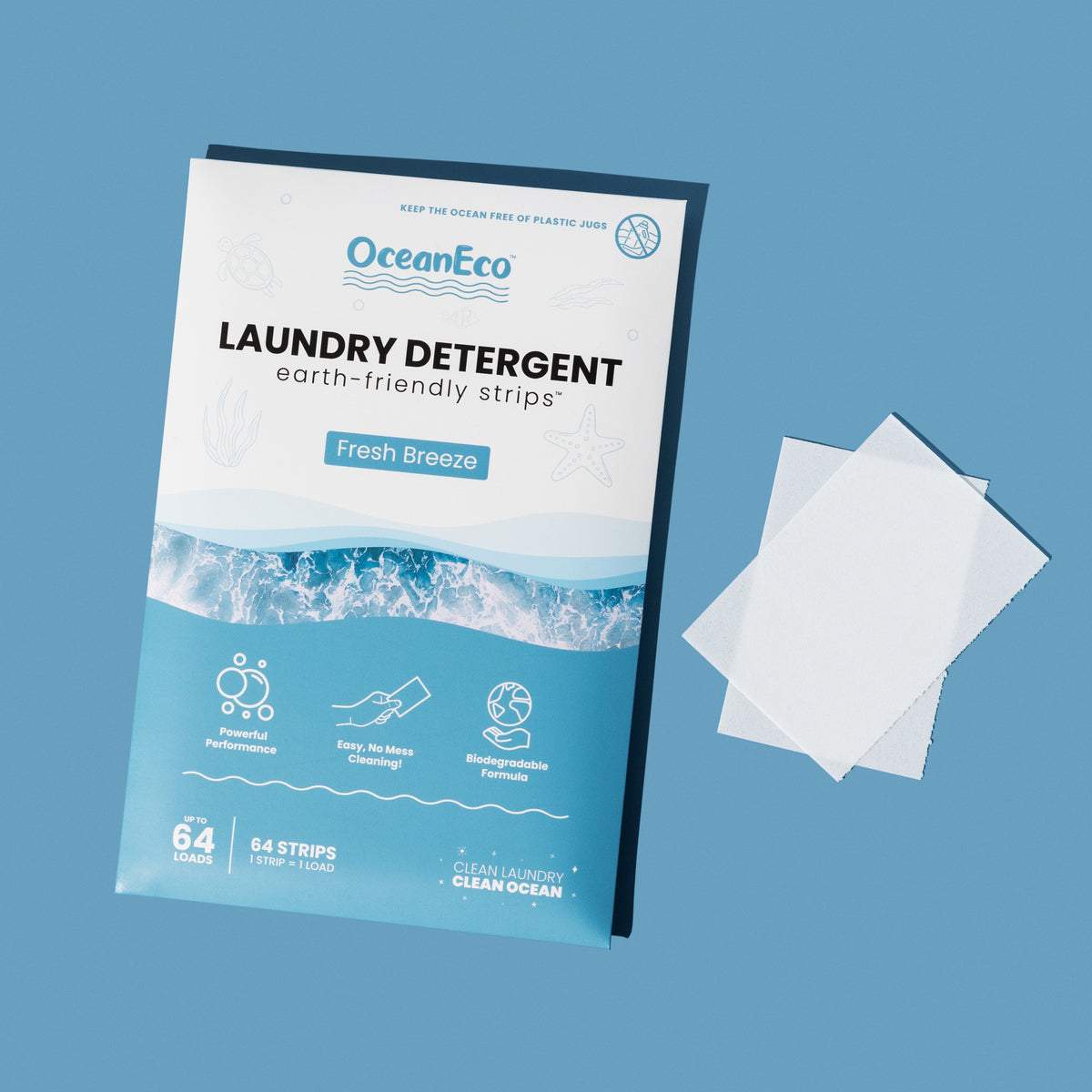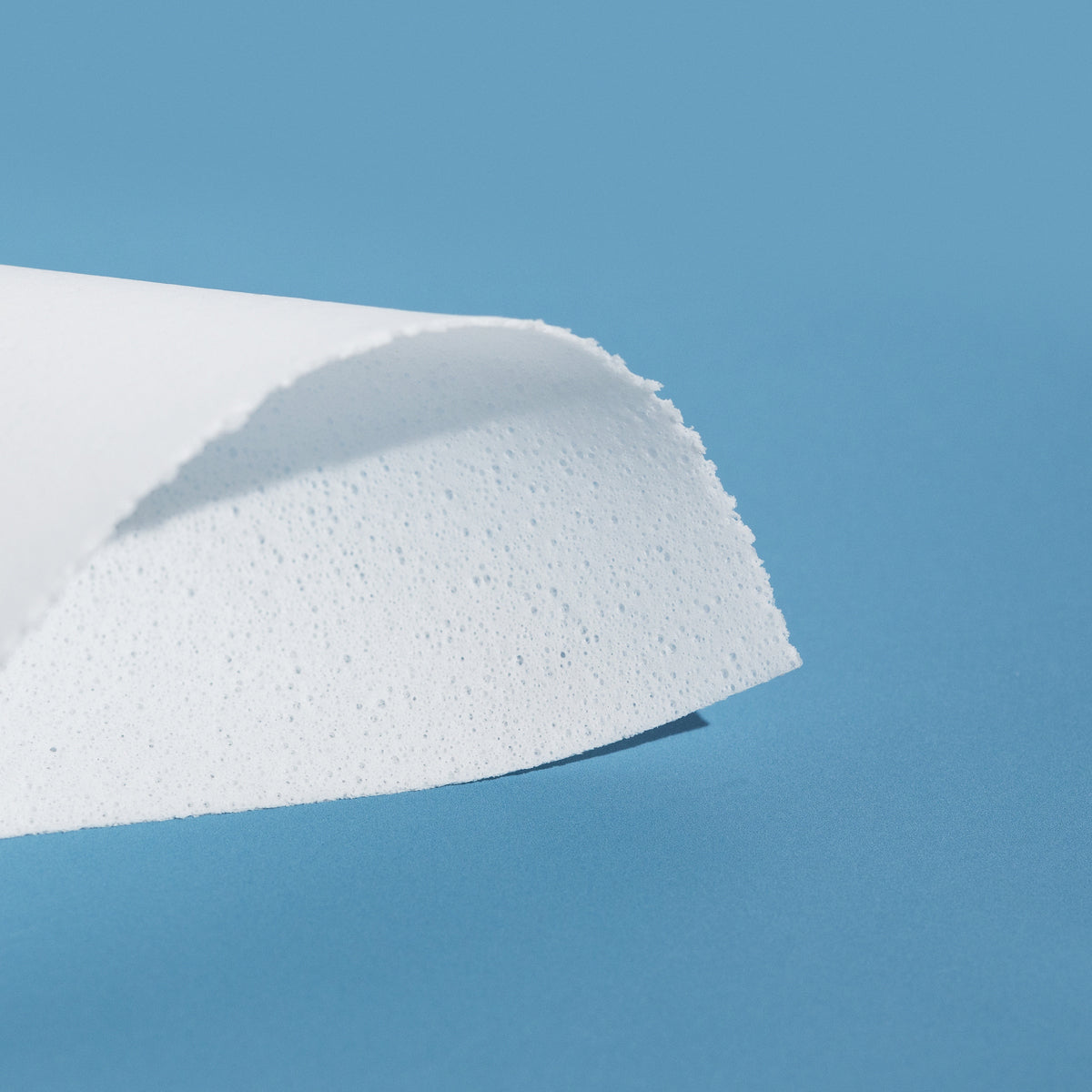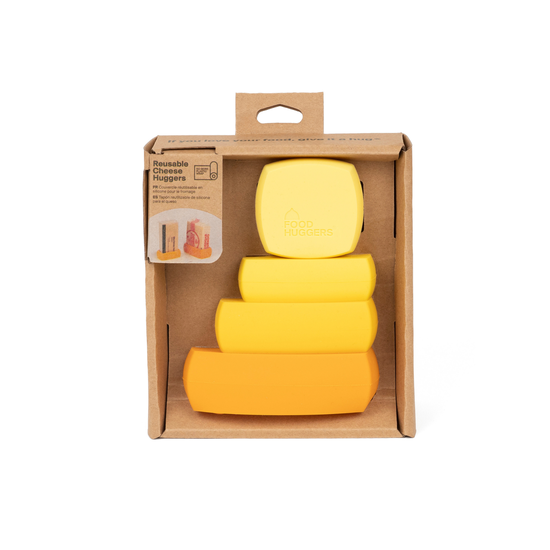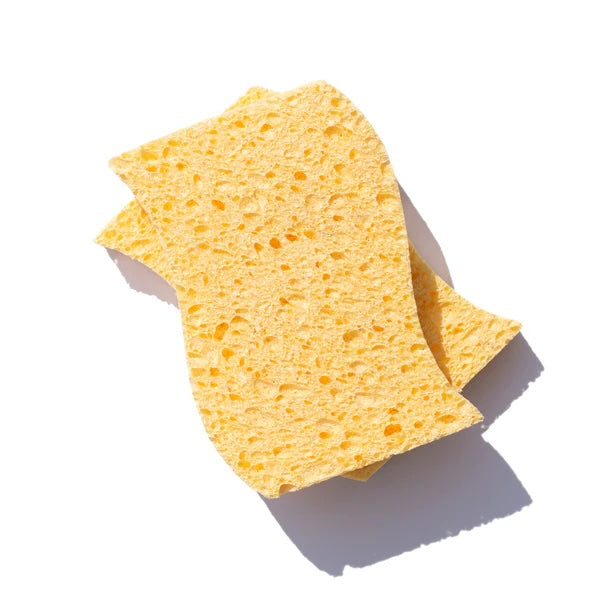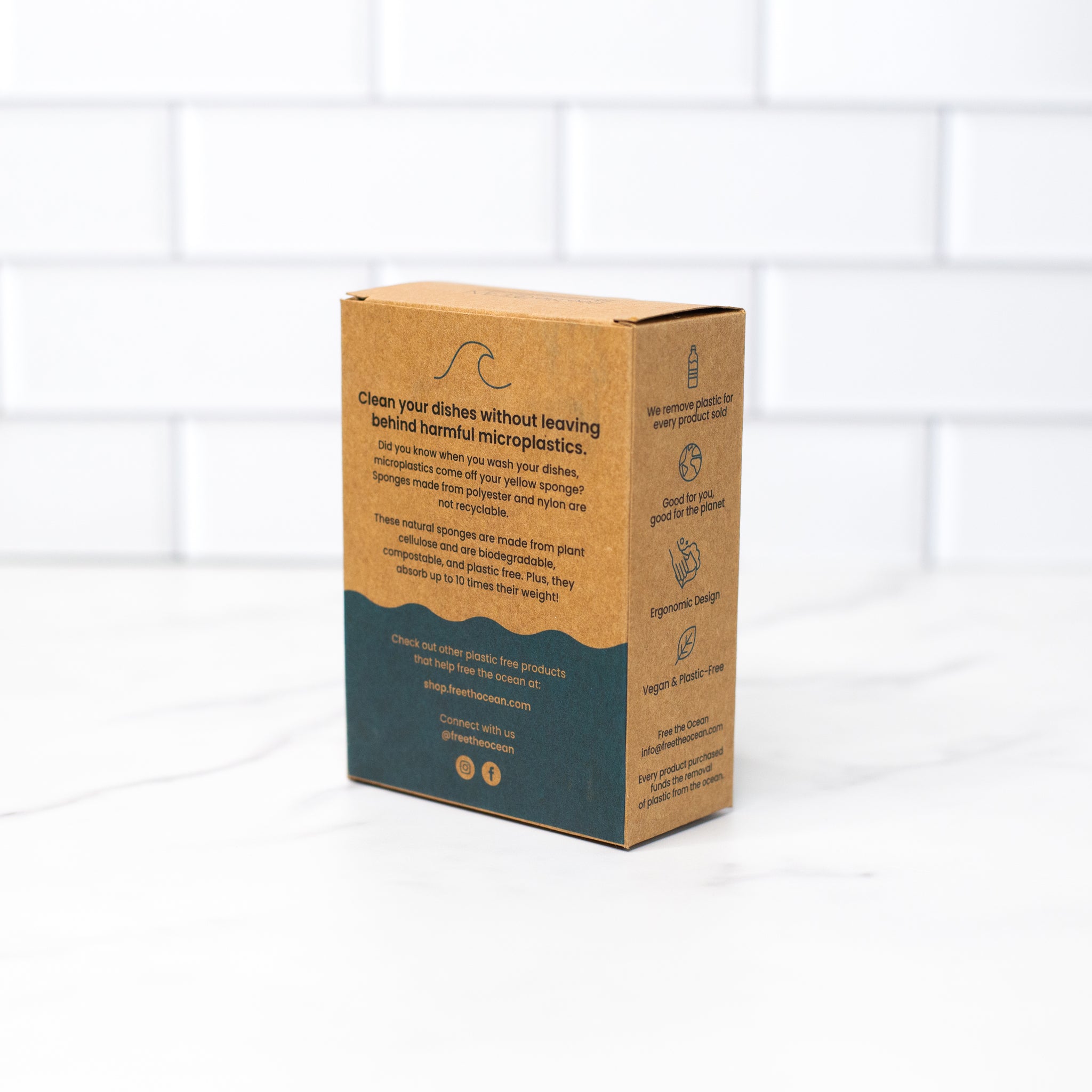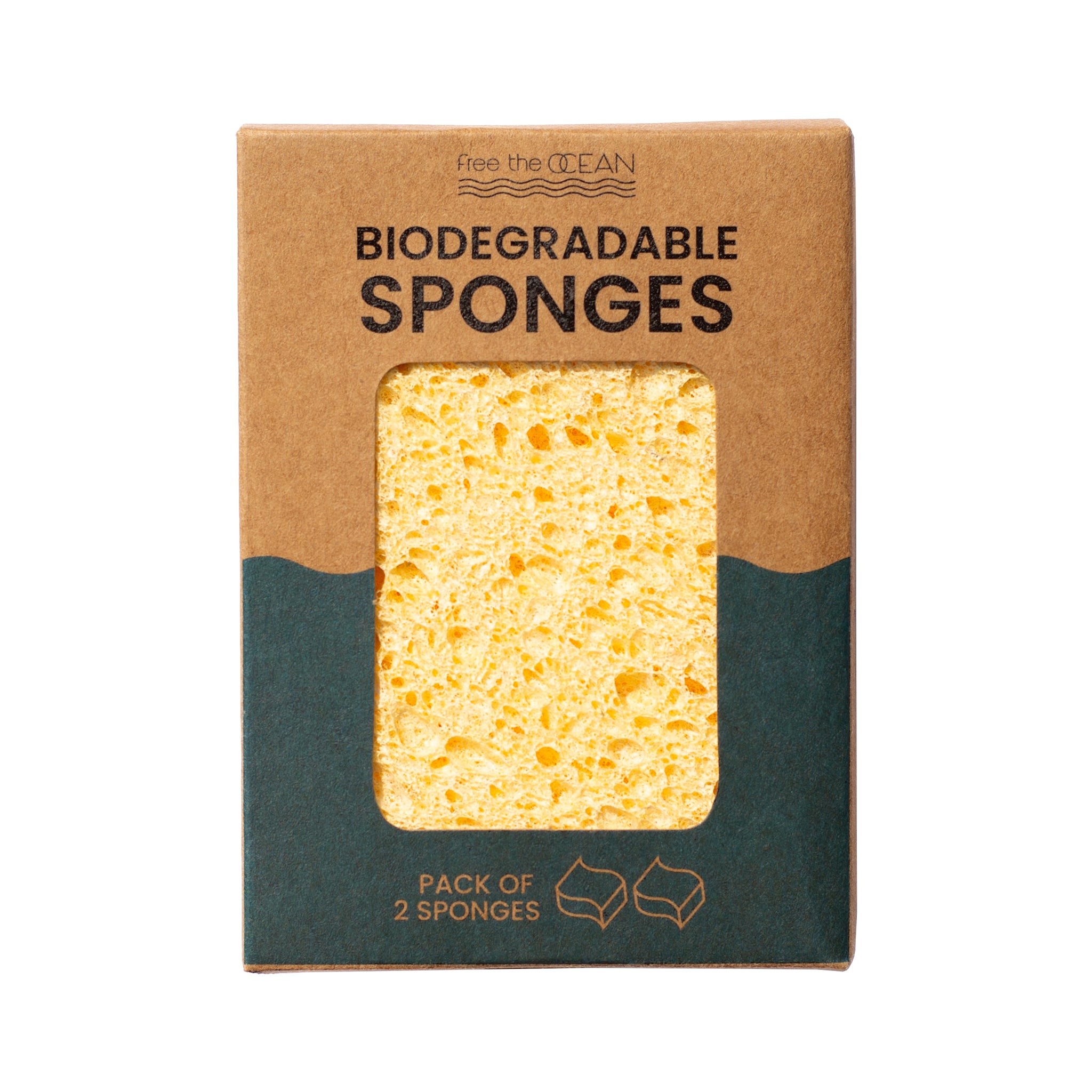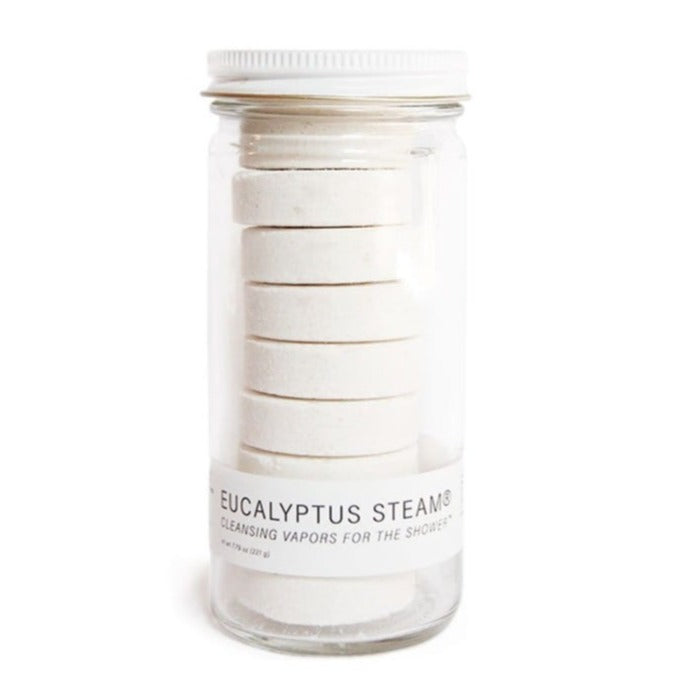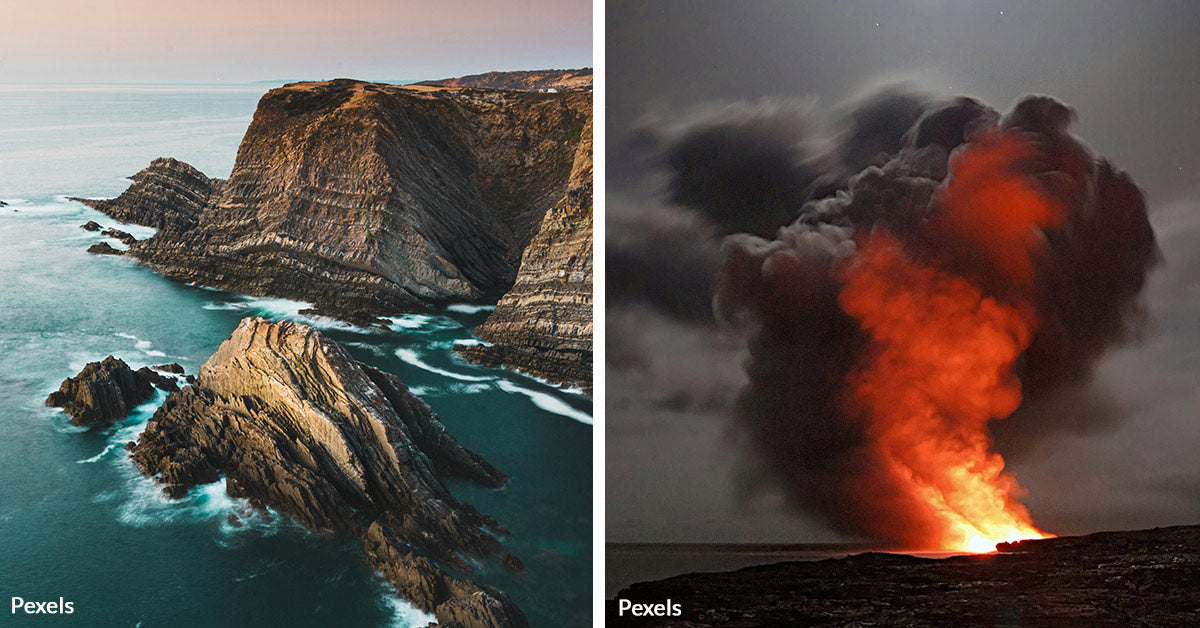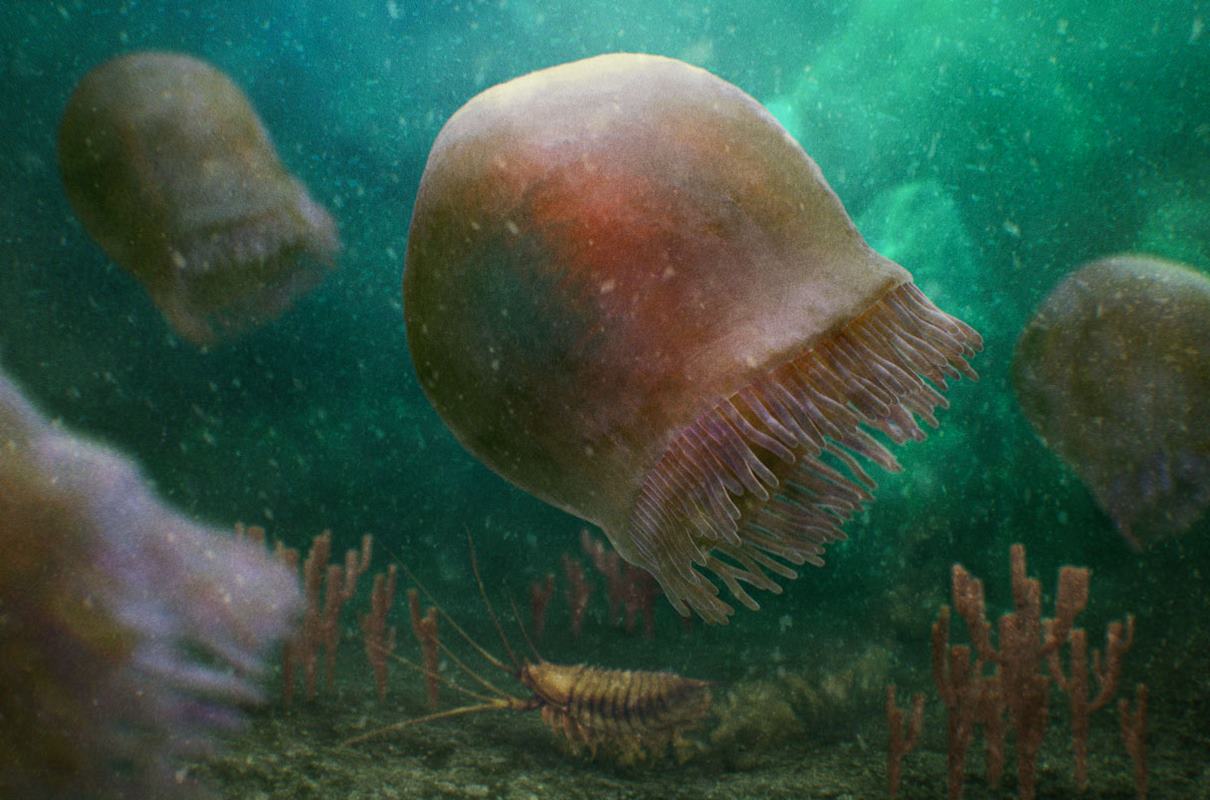Do you know the difference between glaciers, ice sheets, sea ice and icebergs?
From the silent glide of glaciers to the quiet majesty of icebergs, our planet is adorned with frozen treasures that help maintain the Earth’s harmony. While all forms of ice might look the same to the untrained eye, each has its own unique characteristics and significance.
Glaciers: Earth’s Slow Rivers of Ice
Glaciers are vast fields of ice born from centuries of snow accumulation and compression. Their enormous size and weight make them move under their own gravitational force, although their pace is so leisurely that their movement often goes unnoticed. Beyond their breathtaking beauty, glaciers are crucial sources of freshwater.
![]()
Ice Sheets: Nature’s Cooling Blankets
Stretching over vast areas, ice sheets are expanses of glacial ice, often enveloping more than 20,000 square miles. Despite their uniform appearance, they consist of countless layers of snow and ice accumulated over thousands of years. Based on their characteristics and location, these massive ice reserves might be referred to differently: smaller ones are termed “ice caps”, while those extending over water become “ice shelves.” When pieces detach, they embark on a new journey as icebergs.
The Greenland and Antarctic Ice Sheets, our planet’s primary ice reservoirs, hold a whopping 99% of Earth’s freshwater ice and serve as a crucial barrier against global warming by capturing greenhouse gases.
![]()
Icebergs: The Ocean’s Roaming Giants
Born from detached chunks of glaciers or ice shelves, icebergs set forth on a voyage in the ocean. Comprising mainly of age-old compacted snow, they often conceal most of their bulk underwater, revealing only the tip. As these icy nomads journey through warmer waters, they ultimately melt back into the ocean.
![]()
Sea Ice: Crystals in the Waves
Distinct from its land-born cousins, sea ice emerges from the freezing of ocean waters. Its size cycles throughout the year, broadening in the cold and shrinking in the warmth. Beyond providing sanctuary for diverse arctic fauna, sea ice plays an invaluable role in climate balance. By reflecting the sunlight, it helps keep the polar territories cool.
![]()
In understanding the distinctions and significance of these icy wonders, we gain not only an appreciation for nature’s splendor but also of their importance in our ever-changing oceans!

























































































































